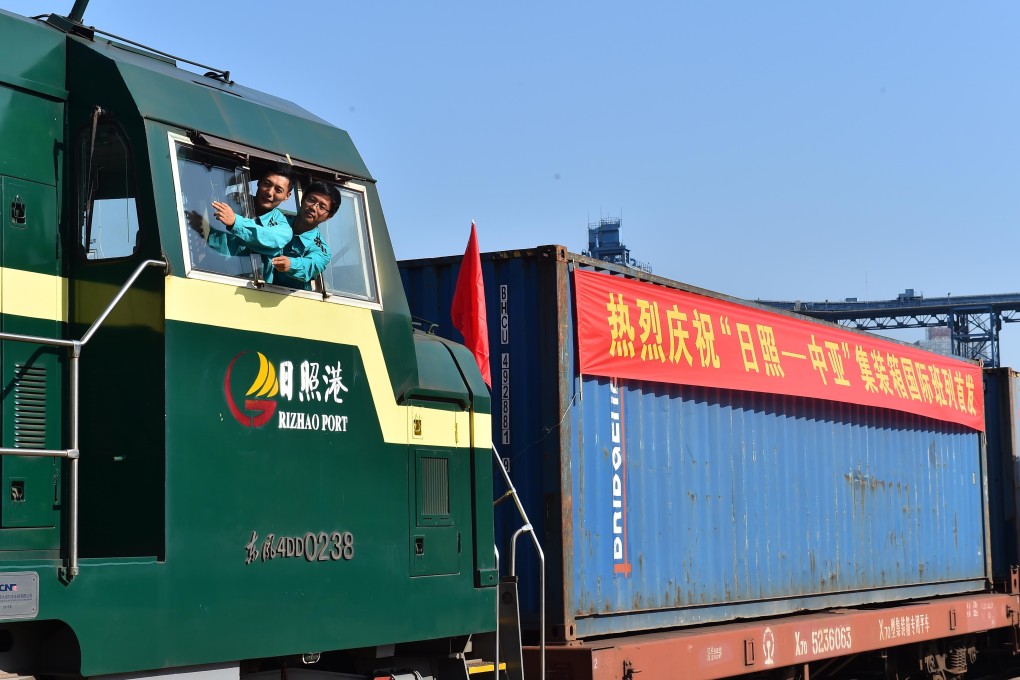As Covid-19 thrusts China into the driver’s seat on managing sovereign debt defaults, can it navigate wisely?
- The Russian experience shows that China would benefit from joining the Paris Club of sovereign creditors, which maintains general rules for managing and restructuring sovereign debt

Global indebtedness has never been greater than it is today. With interest rates so low for so long, anyone who could borrow has done so. But, even with rock-bottom borrowing costs, the economic fallout from the pandemic has forced one vulnerable country after another to declare sovereign default, or to signal that it may do so soon.
Worse, a major creditor to debt-distressed emerging economies, China, has little experience managing cascading sovereign defaults.
Meanwhile, other countries are seeking debt restructuring to avert a default. For example, Kyrgyzstan’s total public debt at the end of June was US$4.7 billion, US$4.1 billion of which was owed to foreign creditors, including US$1.78 billion to China.
Kyrgyzstan is hardly alone. In 2018, 72 low-income developing countries with a total debt of US$514 billion owed US$104 billion to Chinese creditors (US$106 billion was owed to the World Bank, and US$60 billion to private bondholders). This includes direct loans from China’s government, lending from “policy banks”, such as the China Development Bank, and non-concessional loans from state-owned commercial enterprises.

.jpg?itok=uuygxLjR&v=1669702859)